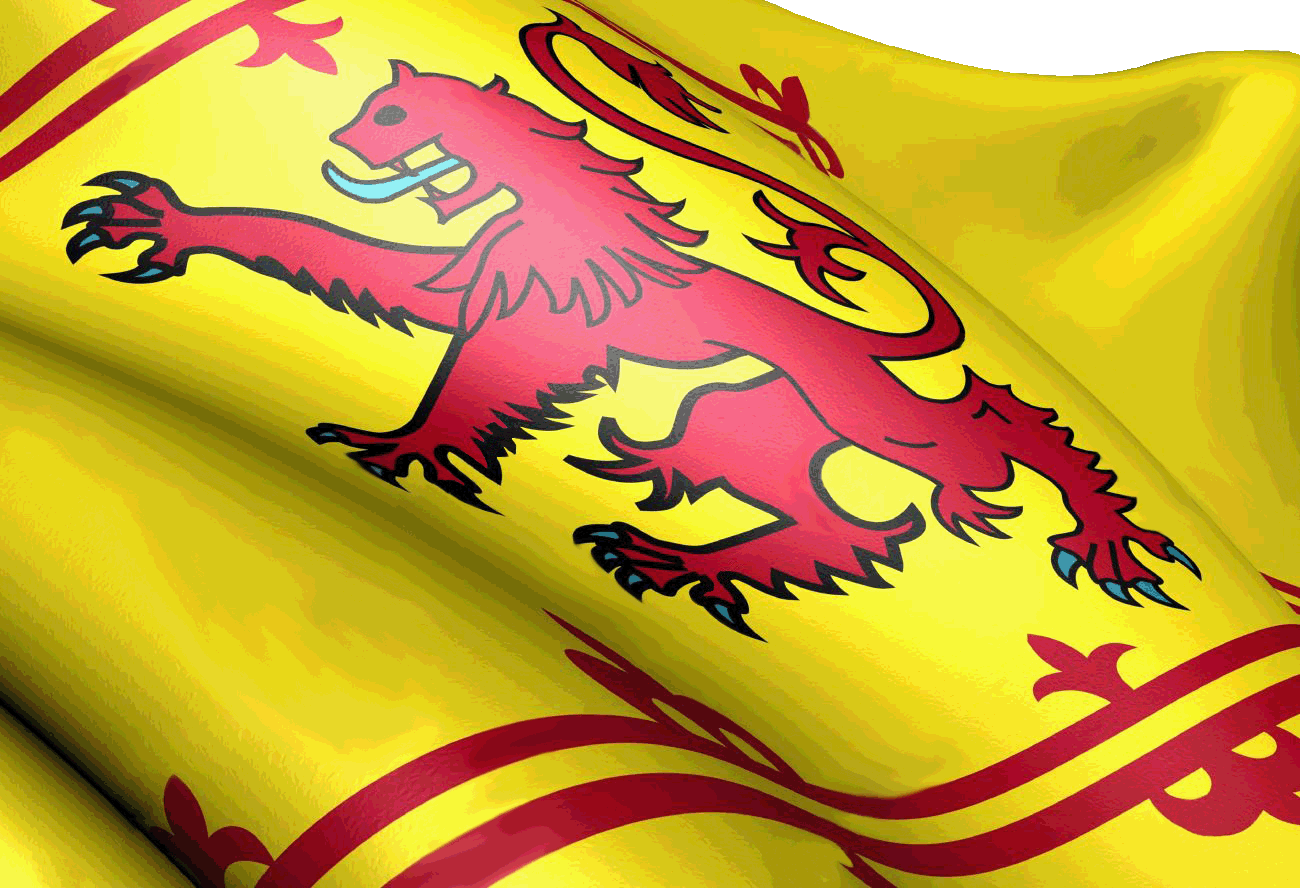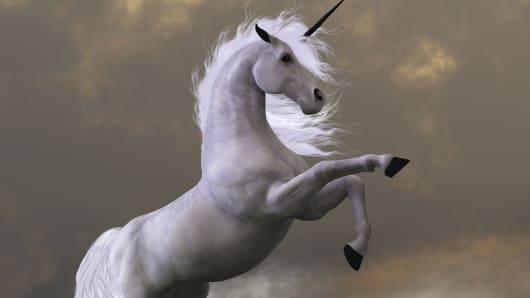The Colours of Scotland
The Saltire

The Flag of Scotland (Scottish Gaelic: bratach na h-Alba; Scots: Banner o Scotland), also known as St Andrew's Cross or the Saltire, is the national flag of Scotland.[As the national flag, the Saltire, rather than the Royal Standard of Scotland, is the correct flag for all individuals and corporate bodies to fly.[4 It is also, where possible, flown from Scottish Government buildings every day from 8am until sunset, with certain exceptions
The legend surrounding Scotland's association with the Saint Andrew's Cross was related by Walter Bower and George Buchanan, who claimed that the flag originated in a 9th-century battle, where Óengus II led a combined force of Picts and Scots to victory over the Angles, led by Æthelstan. Supposedly, a miraculous white saltire appeared in the blue sky and Óengus' troops were roused to victory by the omen.Consisting of a blue background over which is placed a white representation of an X-shaped cross, the Saltire is one of Scotland's most recognisable symbols
The Lion Rampant

The Royal Banner of the Royal Arms of Scotland, also known as the Royal Banner of Scotland, or more commonly the Lion Rampant of Scotland, and historically as the Royal Standard of Scotland, (Scottish Gaelic: Bratach rìoghail na h-Alba, Scots: Ryal banner o Scotland) or Banner of the King of Scots.
The earliest recorded use of the Lion rampant as a royal emblem in Scotland was by Alexander II in 1222; with the additional embellishment of a double border set with lilies occurring during the reign of Alexander III (1249–1286).This emblem occupied the shield of the royal coat of arms of the ancient Kingdom of Scotland which, together with a royal banner displaying the same, was used by the King of Scots until the Union of the Crowns in 1603, when James VI acceded to the thrones of the Kingdom of England and Kingdom of Ireland. Since 1603, the Lion rampant of Scotland has been incorporated into both the royal arms and royal banners of successive Scottish then British monarchs in order to symbolise Scotland; as can be seen today in the Royal Standard of the United Kingdom.

The Lion rampant was legally used by King William I of Scotland as the great grandson of King Malcolm III Canmore. The Lion Rampant has been used as a heraldic symbol by Royal descendants of Malcolm III beginning with King David I of Scotland The Great Seal was also used by his 2nd great-grandson, Alexander II (1214–1249).Its use in Scotland originated during the reign of Malcolm III (1058–1093), The Lion rampant motif is also used as a badge by those Irish clans who has lineage in common with Malcolm III. They are linked to the legendary Milesian genealogies.[15][16] An earlier recorded Scottish royal standard featured a dragon, which was used at the Battle of the Standard in 1138 by David I (1124–1153).
Following the Union of the Crowns of England, Ireland and Scotland in 1603, the Royal Banner of the arms of the kings of Scotland was incorporated into the royal standards of successive Scottish then, following the Acts of Union in 1707, British monarchs; with all such royal standards being quartered to include the banner of the arms of each individual realm.
Coat of Arms

The royal coat of arms of Scotland was the official coat of arms of the King of Scots from its adoption in the 12th century until the end of the Kingdom of Scotland in 1707. Poetically described as "the ruddy lion ramping in his field of tressured gold", the arms are still widely used today as a symbol of Scotland, and are quartered in the royal arms of Queen Elizabeth II along with the arms of England and Ireland.

Coat of arms of James VI from 1603 as King James I of Scotland, England, France, and Ireland.
Union of the Crowns
On the death of Queen Elizabeth I of England in 1603, James VI, inherited the thrones of England and Ireland. The arms of England were quartered with those of Scotland, and a quarter for Ireland was also added. At this time the King of England also laid claim to the French throne, therefore the arms of the Kingdom of England were themselves already quartered with those of the Kingdom of France. James used a different version of his royal arms in Scotland and this distinction in royal protocol continued post the Acts of Union of 1707. (Today, the Royal Arms of the United Kingdom used in Scotland continue to differ from those used elsewhere)
The Unicorn

The unicorn is the national animal of Scotland. The Royal Coat of Arms of Scotland, used prior to 1603 by the Kings of Scotland was supported by two unicorns and the current royal coat of arms of the United Kingdom is supported by a unicorn for Scotland along with a lion for England. The unicorn is frequently found as an ornament on mercat crosses.
The Unicorn was believed to be the natural enemy of the lion - a symbol that the English royals adopted around a hundred years before. According to folklore, the lion and the unicorn hate each other - a tradition going back to the ancient Babylonians in 3,500 B.C.

https://en.wikipedia.org/wiki/National_symbols_of_Scotland